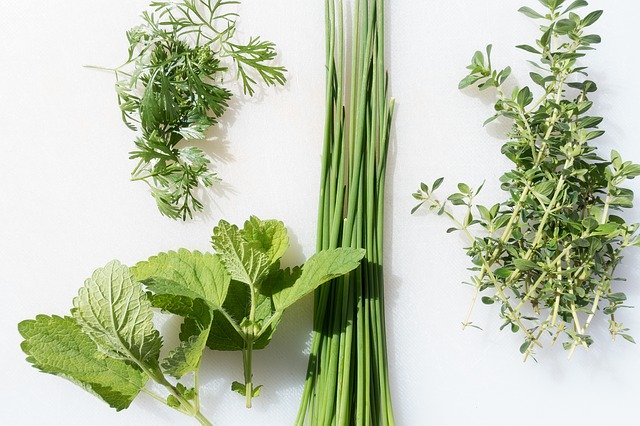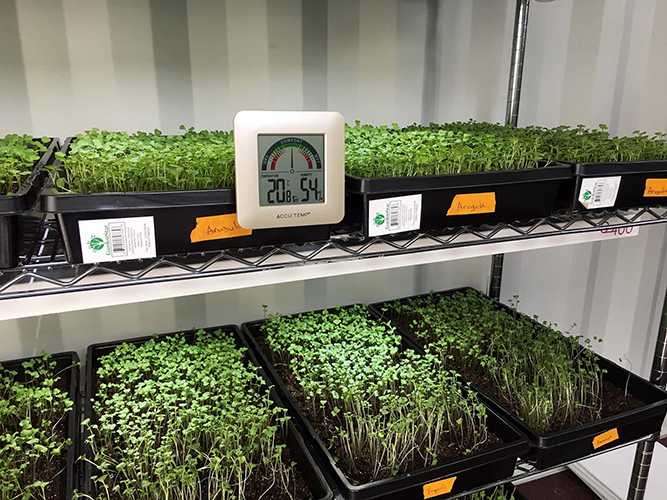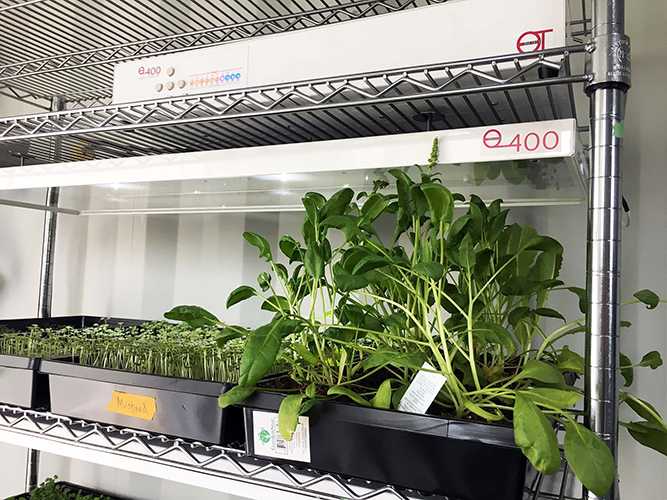Why Use Smart Growers
Smart Growers Benefits

Convenience & save your time
Most of us are busy with our work, home and other daily tasks. Reduce your grocery shopping time! You can grow your fresh and organic produce using our Smart Grower in your kitchen. It is so convenient to grow and taste the fresh produce that you love.

Fresh organic produce in your kitchen
Imagine getting fresh herbs and produces immediately from you Smart Grower when you need them. Never run out of your favorite herb or produce during cooking time! By the way, not all organic produces are non-GMO. Plant with non-GMO seeds in organic soil and will get non-GMO produce the way you want!

Grow in all seasons
Gone are the weather worries!
You can plant and grow your produce anytime in any season. There will be no sudden cold snap, no violent winds and no overly hot days that cause your crops to wilt.

Other benefits…
How about energy efficient LED lights that can last over 10 years. Lighting output that will automatically adjust throughout the growth cycle based on selected program. Three models to choose from based on your needs.
Self Isolation Situation

When you have to isolate yourself at home because of physical discomfort or special conditions such as social environment or epidemic situation, the inability to go out to purchase food can be a headache on its own. Using a Smart Grower to conveniently grow Healthy, Safe and Organic products, there is less worries about food shortages.
Plant Benefits

Did you know that plants act as air purifiers? They suck up carbon dioxide and produce oxygen. Your grow machine will help provide more oxygen to your home as it sucks up the existing air and blows out oxygen enriched air from the plants.
Plants have been proven to have a beneficial effect on our sense of well-being. Just having live plants around can have psychological benefits.
Leafy greens and herbs begin to lose their nutrient value and flavor as soon as you harvest them. The sooner you eat a plant after you harvest, the more nutritional benefits you receive.
Microgreens are being called a super food because they’re high in nutritional value in a small quantity, and they’re easy to grow in a short time span. They are an excellent source of phytonutrients. Phytonutrients are substances found in certain plants which is believed to be beneficial to human health and help prevent various diseases.
With LED lights, spectrum can be used to maximize the phytonutrients in plants, thus delivering even more of the benefits found in microgreens.
For more information on microgreens, checkout this study.
Vertical Growing Benefits
Vertical farming is the practice of producing food on vertically in stacked layers. The main goal of vertical farming is to produce more food per square-foot.
Vertical farming in an enclosed space offers greater control of over the environment and helps produce a more consistent crop year-round.
By eating produce grown at home you can help reduce the greenhouse gas emissions that come from produce traveling 100’s of kms to reach your dinner plate.
Growing vertically indoors in a controlled space prevents the need for pesticides producing a healthier crop that you know is safe for consumption.
Vertical growing is a great conversation piece that helps promote discussion on the importance of food security and how traditional farming methods may not always be available.
Vertical growing can also be used to explain the science behind plants and what is required to grow a healthy plant.

Lighting Facts

Plants have an inverse relationship to light than people. Humans are more sensitive to light in the green spectrum; whereas, plants reflect the majority of green light that hits them and absorbs more blues and reds.
Different light spectrums have different effects on the physiology of plants. More blue light creates smaller denser plant; whereas, more red light makes a longer lankier plant. Blue light can also change the flavor of a plant and its chemical properties.
Different light spectrums can also trigger changes along the lifecycle of a plant. Plants prefer more blue light during their vegetative stage and more red light during their flowering stage.
Visible light isn’t the only light plants use. UV can also affect the flavor of a plant. UV can also help with pest and disease control. Infrared and near Infrared can give more top heat to a plant which many warm weather plants prefer.
How do you measure light? Lumens, lux, foot candles, µmol are all ways that you can measure light; however, µmol (Micromol) is the amount of useful light that can be absorbed by a plant.
Primary lighting (like the lighting in your grow unit) is a term used when artificial light is the sole light source a plant gets.
Supplemental lighting is when you use artificial lighting to supply additional lighting to the sunlight that a plant receives.